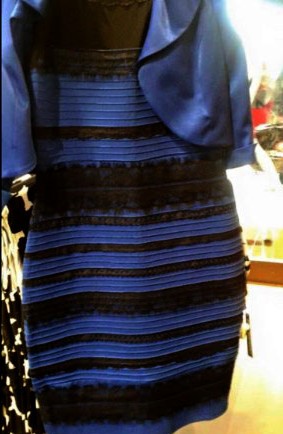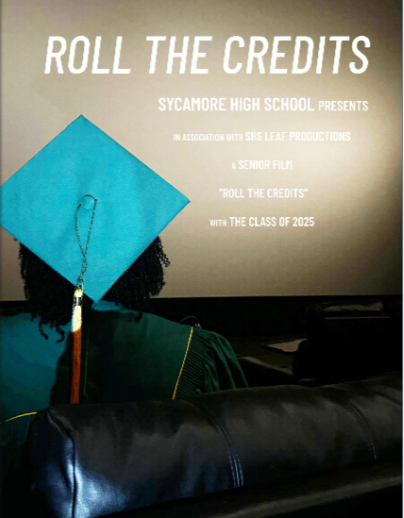Dress mystery is history

This eye-catching dress is now famous for causing such a debate online. Until now optical illusion like this has never gotten such a strong reaction from people, even with perfect sight.However, Ophthalmologists (people who study eyes) have now found a logical reason to this phenoniumum. Image by Maddie Schramm
March 6, 2015
The blue and black or white and gold dress that are now famous for causing such uproar online have a logical reason behind why some people see one set of colors, and other people see a different pairing.
“I only saw blue and black,” senior Landon Hardwick said
According to CNN, this mysterious incident has to do with the microscopic cones in the back of our eyes that perceive colors differently depending on our genes.
The cones in our retinas-the fine layer of nerve tissue that lines the back of our eyes- detects the blue, green, and red in an image. The cones and your brain mix those colors to make other colors.
CNN also reports that retinal specialists met Friday, February 27 in Scottsdale, Arizona, where they discussed theories as to why people’s cones and brains see the dress so differently.
“I saw white and gold and then blue and black the rest of the time,” freshman Meegan Gould said.
One of the theories they considered is involved with evolutionary biology, due to the fact that primates, including humans, have developed an excellent sense of color.
Some scientists think the discussion of the dress could help further medical science, and assist people with vision problems.
For more information, go to www.cnn.com and find the article “A scientific tale of two dresses”.
“I love the concept. I think it is a great thing because it is not an optical illusion, it is biology. Everyone’s eyes are different,” senior Daniel Chiodo said.






